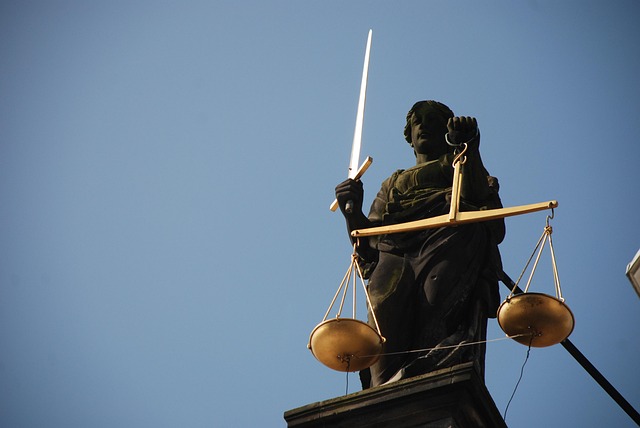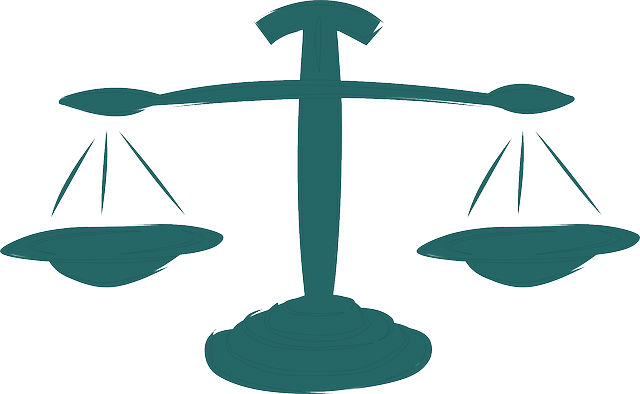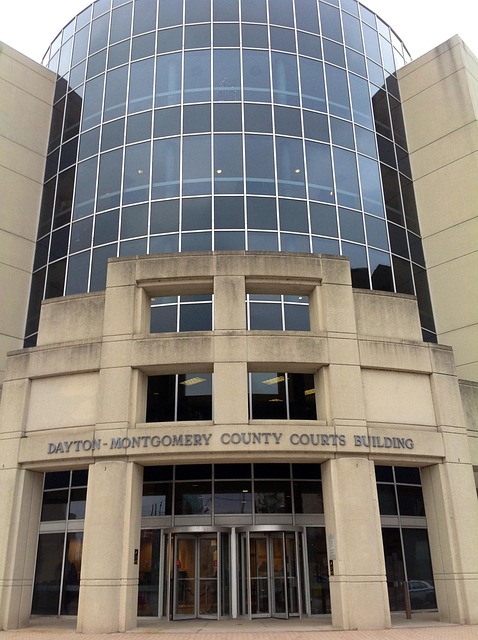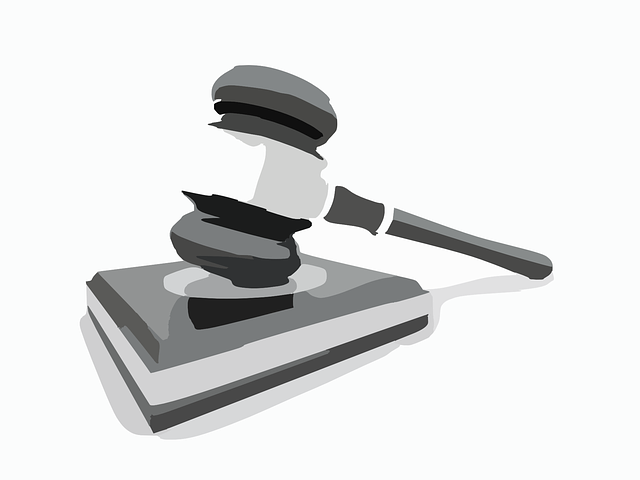Slip and fall incidents, often triggered by slippery surfaces, poor lighting, obstructions, or absent warning signs, are prevalent and can cause varying degrees of harm, from minor injuries to severe trauma or even death. Victims seeking slip and fall compensation must meticulously document the event using evidence like photos, medical records, and witness testimonies to prove liability and secure fair redress for their pain, suffering, and associated costs.
Slip and fall accidents are a common occurrence, leading to significant injuries and legal repercussions. When pursuing slip and fall compensation claims, understanding the process is vital. This article guides you through the intricacies of these incidents, from identifying common causes and potential injuries to navigating the legal framework. We’ll delve into the essential steps for success, emphasizing the critical role of evidence gathering and presentation in securing fair slip and fall compensation.
- Understanding Slip and Fall Incidents: Common Causes and Injuries
- The Legal Process for Compensation Claims: What You Need to Prove
- Gathering and Presenting Evidence: Essential Steps for Success
Understanding Slip and Fall Incidents: Common Causes and Injuries

Slip and fall incidents are common occurrences that can lead to significant injuries and subsequent slip and fall compensation claims. Understanding the causes behind these accidents is essential for both victims and their auto accident attorneys. Common causes include slippery or uneven surfaces, poor lighting, obstructions on floors, or even inadequate warning signs in hazardous areas. For instance, a business owner might be held liable if a customer slips on a recently mopped floor without a caution sign.
These accidents can result in a range of injuries, from minor cuts and bruises to more severe auto accident injuries such as broken bones, head traumas, or even wrongful death claims. Proper documentation of the incident, including photographs of the hazardous condition, medical records detailing the extent of injuries, and witness statements, is crucial when pursuing slip and fall compensation. This evidence will help establish liability and ensure victims receive fair compensation for their pain, suffering, and associated expenses.
The Legal Process for Compensation Claims: What You Need to Prove

When pursuing a slip and fall compensation claim, understanding the legal process is vital. To succeed, you’ll need to navigate through several steps and gather compelling evidence to support your case. First, you must establish that there was indeed a slip and fall incident on someone else’s property. This involves presenting physical evidence, such as photographs of the hazardous condition that caused the fall, along with any medical records detailing injuries sustained in the accident.
Next, you need to prove negligence on the part of the property owner or manager. This means demonstrating that they had knowledge, or should have had knowledge, of the dangerous condition and failed to take reasonable steps to rectify it or warn visitors. In cases involving personal injury claims like nursing home abuse or breach of contract, the bar for negligence may be higher, but the same principles apply: establishing a duty of care, a breach of that duty, and damages resulting from the breach.
Gathering and Presenting Evidence: Essential Steps for Success

When it comes to slip and fall compensation claims, gathering and presenting compelling evidence is paramount for achieving a favorable outcome. The initial step involves identifying and documenting all relevant information related to the incident. This includes taking photographs of the hazardous condition that led to the fall, noting the date, time, and location of the accident, as well as collecting contact details of any witnesses present. Additionally, it’s crucial to document any injuries sustained through medical records and reports.
Presenting this evidence in a clear and organized manner during legal proceedings is equally important. An experienced slip and fall lawyer can help compile these details into a compelling narrative that supports your claim for compensation. This involves organizing documentation chronologically, ensuring each piece of evidence has a clear purpose, and presenting it in a way that illustrates the negligence or liability of the responsible party. Whether it’s through direct testimony, expert analysis, or visual aids, a well-presented case significantly increases the likelihood of success in slip and fall compensation claims.






